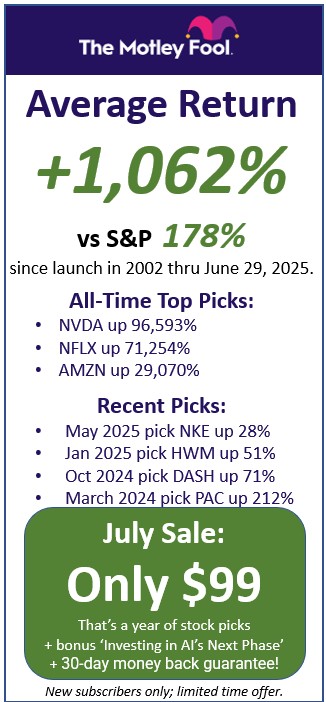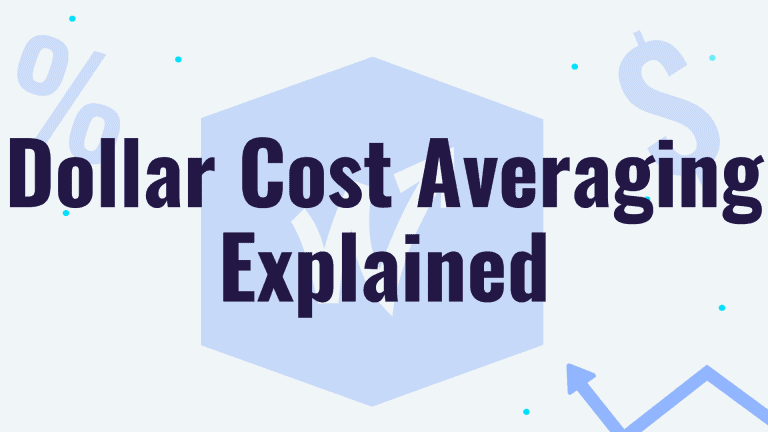Dollar Cost Averaging Explained
As we continue to build foundational investing skills, today we are going to talk about a skill mentioned consistently mentioned in the foundational skills of investing. This term is thrown around a lot, Dollar-Cost Averaging; an investment tactic that revolves around investing a recurring amount of money in the same security for a set recurring period.
The initial question from everyone is, why would an investor spread out their investment, in what world would it be worth it to hold on to my money longer, than to just invest it now to begin reaping the gains? This tactic is used to decrease the risk of your investment due to the volatility in the market.
Why Use Dollar-Cost Averaging?
Volatility is the reason a lot of people struggle in the stock market… who knows what is going to happen tomorrow or the next day, Dollar Cost Averaging helps you mitigate this risk and reduce your potential losses.
Let’s go back to our friend, Sue, who runs a new lawn mowing business. Sue has just begun advertising her new lawn mowing business and now has 5 clients. Sue is trying to decide how many lawnmowers she needs to buy to support her clients and be prepared for her future growth. If Sue buys 5 lawnmowers now, but only needs 2 she is putting herself at risk if her company does not do well. In this scenario, Sue is making a lump sum investment in her business. This lump sum places her at risk if her business fails and Sue can not afford to own these 5 mowers anymore.
The dollar-cost averaging approach to Sue’s business would be to steadily add mowers as she grows. Sue anticipates she will average 5 new clients a month so Sue could afford to buy 1 new mower each month as her business grows. In this case, Sue will buy 1 new lawnmower a month; which bases her investment on here companies growth. This places Sue’s risk profile much lower than the original lump sum investment. Now Sue is investing her money on a recurring basis based on how many clients she gains, rather than making a tough long-term prediction with a lump sum investment.
This is very similar to investing in the stock market. A lump-sum security investment is similar to buying 5 lawn mowers at the beginning of Sue opening her business. Then dollar-cost averaging is similar to Sue buying new lawnmowers each month, based on how many clients Sue has added. Lump-sum investments are much riskier than investing via dollar cost averaging; When you make a lump-sum investment it is unknown if the market will decline tomorrow or not.
How to Dollar-Cost Average

Here is the general premise around the dollar-cost averaging investment strategy. Let’s say you have $12,000, instead of investing all that money at once, you spread out the same amount of money over a set period of time. Let’s use the example of 1 year. So the lump-sum investment would place, all of, the $12,000 in one security in January. The dollar-cost averaging style would place $1,000 dollars a month in the same security over the course of the year. This way as an investor you can adapt to the changes happening in the market each month.
So how about we walk through a real-world example of how dollar cost averaging would be applied. Jimmy has $12,000 dollars to invest each month he is going to invest only $1,000 dollars a month. Jimmy thinks Nvidia is a great purchase right now at $500 a share.
So in January Jimmy should buy 2 shares of Nividia at $500. Now in February lets say Nividia spikes to $1,000 a share; Jimmy should only buy 1 share in February. Now in March, the security returns to $500 a share so Jimmy should buy 2 more shares. Now it is April and the stock falls again to $333 a share so Jimmy should purchase 3 shares. Then in May Nvidia rises to $500 a share, so Jimmy would purchase 2 more shares. Now it is June and Nvidia is trading at $666 a share, Jimmy should actually buy 1.5 shares in this situation.
You may be asking how would someone buy half a share? This is known as purchasing fractional shares. Fractional shares exist for a variety of reasons, but allow investors to purchase portions of stocks. This makes even the most expensive stocks affordable!
The Recap
Now let’s take a look at Jimmy’s investments for the first 6 months. After Viewing the first 6 months of Jimmy’s investment I think you understand the trend of dollar-cost averaging; Invest your principal, then determine a set amount of money you want to invest each month. When the stock price rises you will buy fewer shares. When the stock price falls you will buy more shares.
This spreads out your investment, to reduce your risk profile on your portfolio. You do not have to worry about timing the market, which in my years of investing I have seen cause significant impacts to friends’ portfolios; if you remember Craig from the “How to pick stocks for beginners” video or article. Craig like many other investors, Craig tried to time the market… and everyone eventually times it poorly. Which is why you should consider implementing dollar-cost averaging into your portfolio.
It is important to note when you use dollar-cost averaging you tend to purchase the stock at a slightly higher average price, but you significantly reduce your portfolio’s risk. In Jimmy’s situations, The initial price of Nvidia was $500, and the average price of Nvidia through Jimmy’s first 6 months of investments was about $520 which is only 4% higher. This 4% premium is well worth it to safeguard your investments.
Overall, dollar cost averaging helps protect us against the similar phenomenon of holding onto our grades in school. Everybody knows it is much easier for your grade to plummet than to pull your grade up. One bad test score has a much great impact than one good test score. This is the same thing with the stock market; it is much more likely one loss from timing the market will have a detrimental effect on your portfolio, than one good trade making you a millionaire. That’s why we have dollar-cost averaging to reduce the risks on our portfolio.
Now you can fully implement the fundamental skill of dollar-cost averaging into your investment approach. Which why I am so glad you are taking the time to develop the investment fundamentals because without these skills you can not expect the growth you want to see in your portfolio!
If you’re looking for other basic investing tips, check out our articles on stock portfolios and mutual funds.
FIRST STEPS TO FINANCIAL SUCCESS:
At WallStreetSurvivor, we love with the stock market and we are obsessed with finding the best deals to help us all make more money. Here is our list of the BEST STOCK SERVICES to help you get start investing correctly:
1 - Get Up To $1,000 in FREE Stock with Robinhood! The fastest growing brokerage, Robinhood, just hit 10,000,000 accounts. Why? Because they DON'T charge commission AND they are giving away up to $1,000 in free stock when you open an account. CLICK HERE to learn more about Robinhood.
2 - Not Sure What Stocks to Buy? Get the BEST Stocks Picks! We subscribe to dozens of stock newsletters, and there is one that has outperformed all the rest for the last 5 years. This one service has an amazing average return of 74.63% on ALL of their stock picks the last 3 years. Their recent winners have been stocks like Shopify (SHOP) up 866%, Match Group (MTCH) up 549%, Paycom (PAYC) up 235%, and many others that have doubled in the last 3 years.
CLICK the image below go see their latest offer...

3 - Don't Pay Commission! Open a Real Brokerage Account and Trade Commission-Free. Here's the GREAT NEWS--the brokerage industry is very competitive right now and some brokers are offering FREE COMMISSIONS and other incentives to acquire new accounts. CLICK HERE to get commission-free trades. Or CLICK HERE to get a review of the Best Online Stock Brokers.
4 - Get the Best Stock Picking Newsletter of 2020 We subscribe to dozens of stock newsletters. Some of these newsletters are longer term investing, some are short term, and some are penny stocks. Find the best newsletter for your interests. So which stock newsletters are the best? Visit our review of the best stock newsletters.
5 - Is the Motley Fool a Good Source of Stock Picks? The Motley Fool is probably the best know stock newsletter service. Is it worth it? Read our full Motley Fool Review
